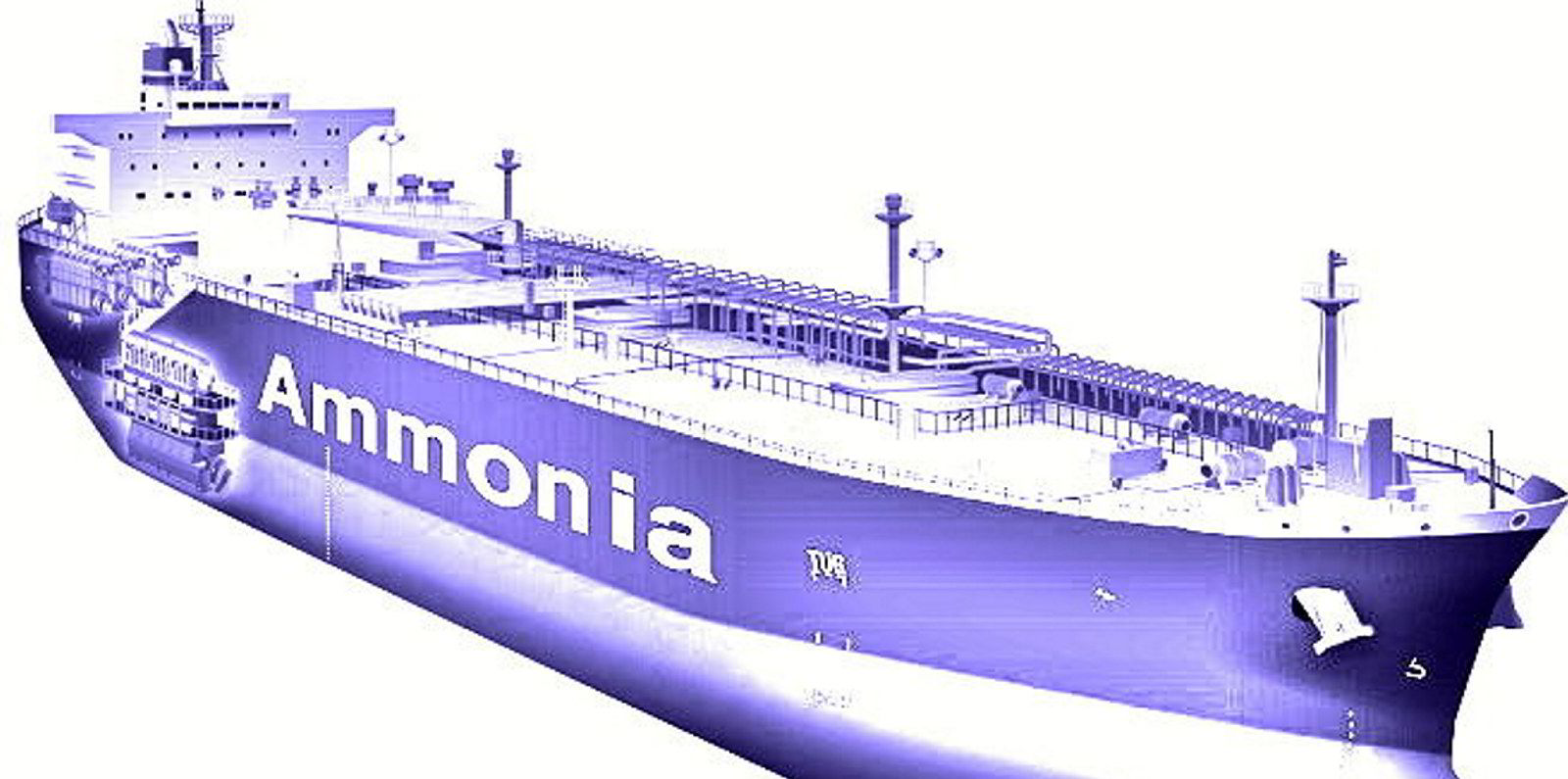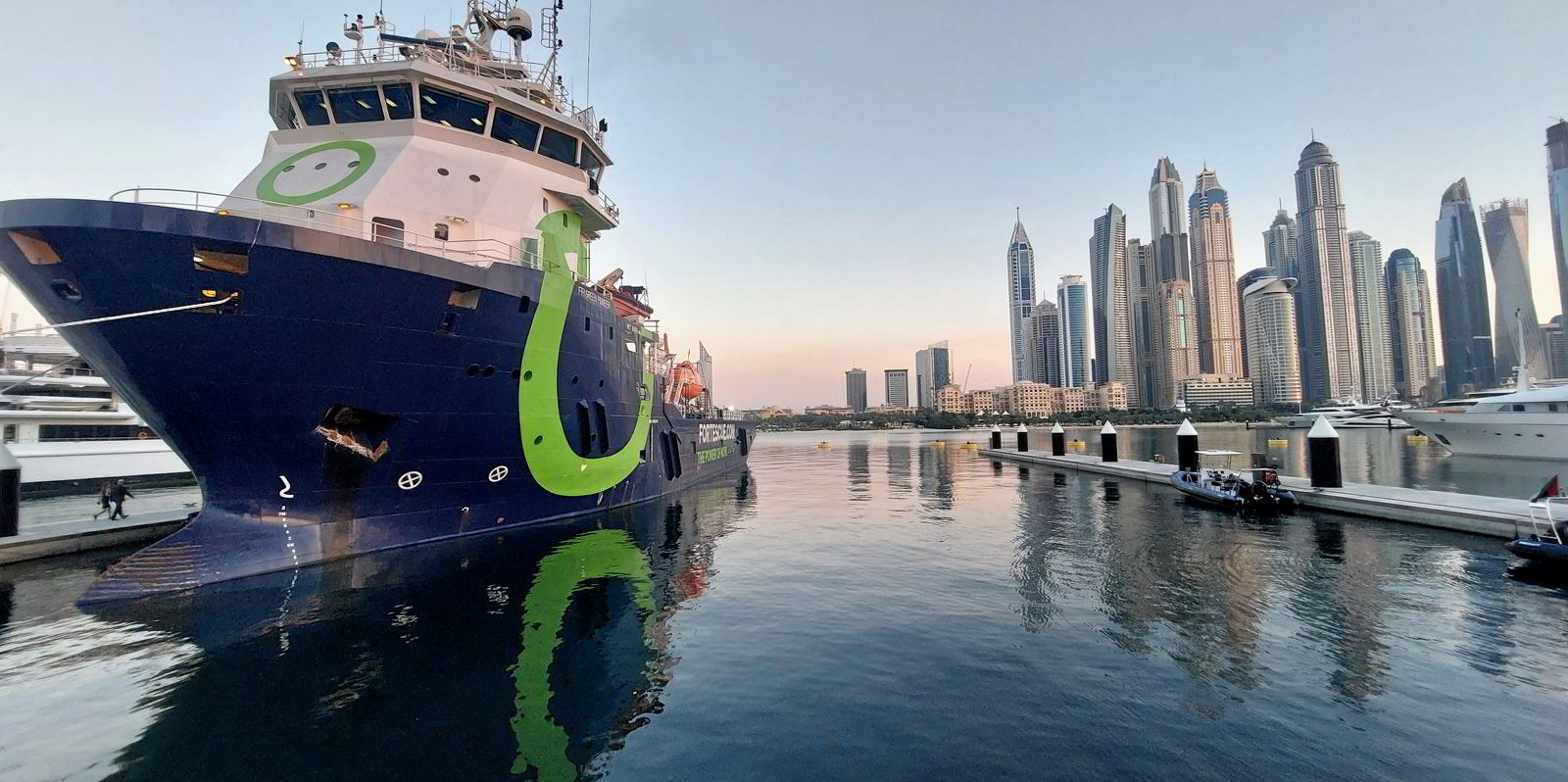Shipping companies building ammonia carriers to use the cargo as fuel for their ship engines may find it necessary to lobby port state control to allow the use of this fuel.
In a regulatory twist under current rules at the International Maritime Organization, a ship can either be compliant with the international code for the construction and equipment of gas carriers, the IGC Code, or vessels using low flashpoint fuels, the IGF Code. The current framework does not permit simultaneous adherence to both codes.
This means a container ship or car carrier, for example, can be built with a dual-fuelled ammonia engine and use the alternative fuel, but a vessel carrying ammonia as cargo cannot, even if the fuel is loaded separately from the cargo. The same does not apply to LNG carriers.
Sources have told TradeWinds that current work at the IMO to reconcile this issue, with the amendments to both codes, will take four years to resolve under normal working cycles at the United Nations shipping regulator.
This is partly because IMO working groups dealing with new texts need approval from sub-committees and then subsequent main committees, in this case, the marine safety committee, and then even the IMO assembly. Then there is the time needed for a text to be accepted and then brought into force, which is part of the agreed working process of the IMO.
Speaking off the record, regulatory experts have identified that a gas carrier could have an ammonia dual-fuel engine installed, or be retrofitted. However, it is anticipated that any amendments to the IGC Code, allowing for such modifications, might not occur until January 2028. It is worth noting that the uncertainty surrounding political considerations regarding ammonia raises doubts about the precise timing of this amendment.
A further option could be to apply a form of equivalence, a commonly used technology parlance at the IMO that indicates a novel technology can be used providing it demonstrates an equivalent level of safety to the system or technology it is replacing, which in the case of ammonia would be LNG.
Potential ammonia fuel acceptance
If this could be demonstrated, it would be on a flag-by-flag basis, and only applicable to newbuildings and their keel-laying date. This route would rely on port states accepting this equivalence route, which again, is uncertain.
The more promising route could be the creation of a stakeholder group, of shipowners, cargo owners and port authorities, to lobby for the acceptance of ammonia fuel use on ammonia carriers, not just on a ship-by-ship basis but across the industry to offer trading flexibility.
The discrepancies in the rules have not stopped shipowners from ordering ammonia carriers in recent months. One shipyard with an order has confirmed that owners are opting to use conventional fuels or LPG as fuel when their orders are delivered. It also said owners remain wary of the toxic and corrosive properties of ammonia.




